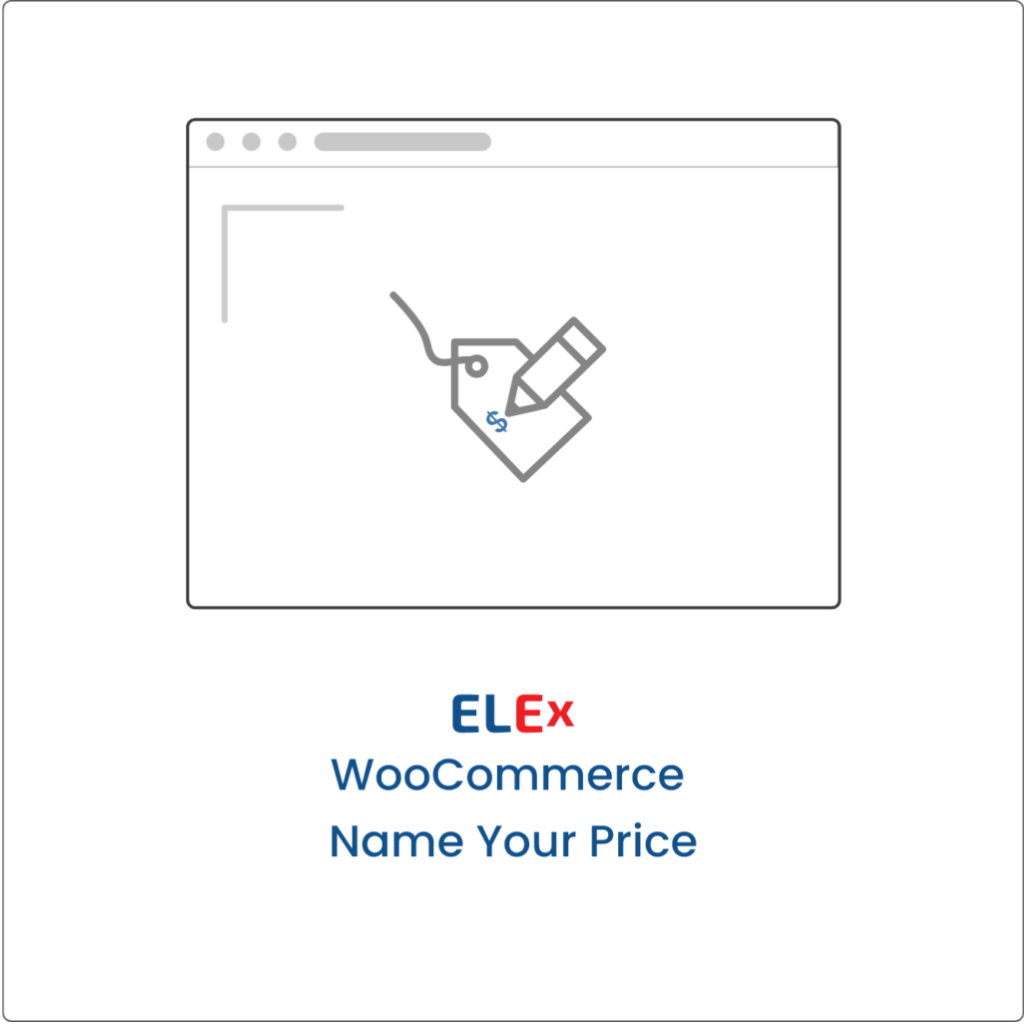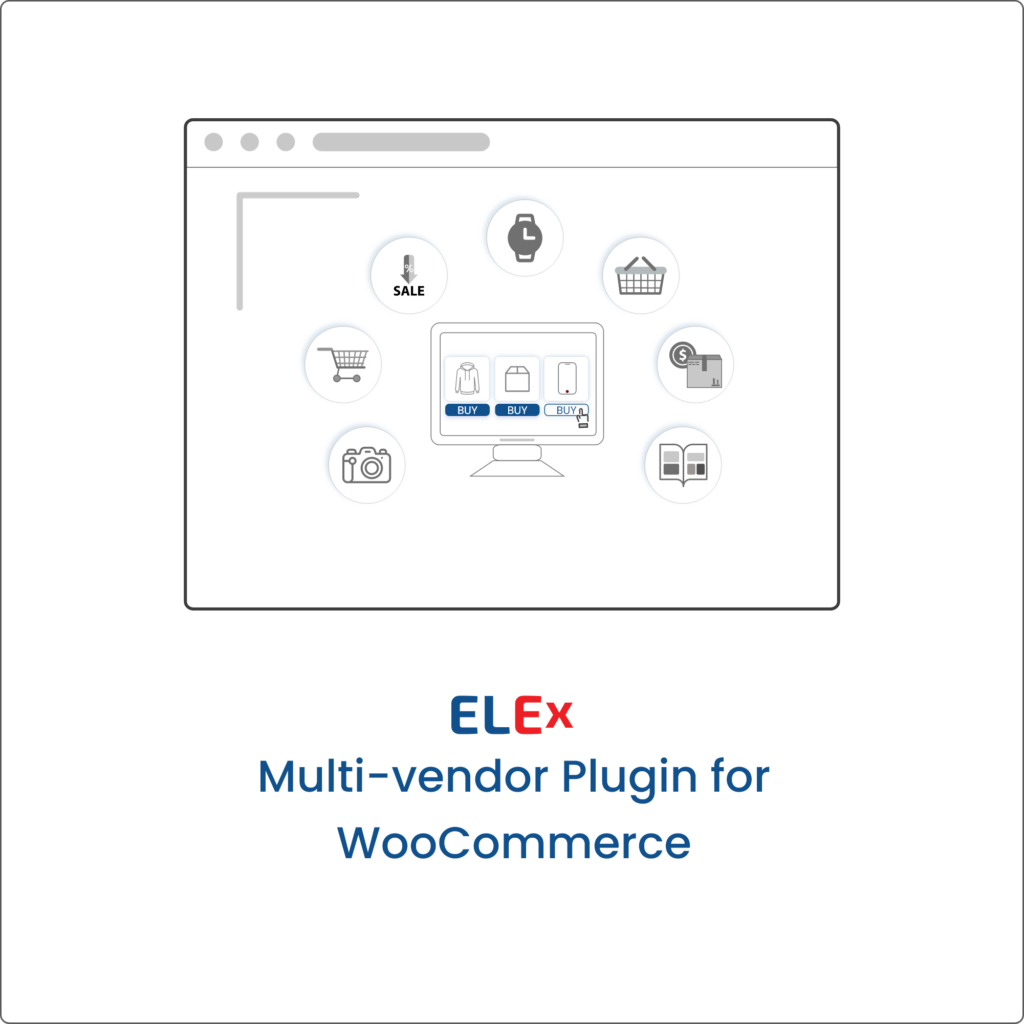Did you ever wonder what exactly happens when you enter your credit card info to buy something online? There’s a complete behind-the-scenes process that makes eCommerce possible, and it all starts with payment gateways. Payment gateways are the services that securely transmit your payment information from the merchant you’re buying from to your bank or credit/debit card issuer. Without them, you wouldn’t be able to shop online.
In this article, we’ll walk you through what payment gateways are, how they work, and some of the popular options out there. By the end, you’ll have a solid understanding of how an eCommerce store/website is able to charge your card or make a transaction without being present physically. Let’s dive in!
What is a Payment Gateway?
So what exactly is a payment gateway? Simply put, it’s the service that processes credit/debit card payments for online stores and retailers. It acts as the middleman between the merchant (that’s you) and the customer’s credit/debit card issuer.
When a customer buys something from your store, the payment gateway takes their card info and passes it on to the payment processor to process the transaction. The payment processor then sends a message to the card network like Visa or Mastercard, which forwards it to the customer’s bank. If the charge is approved, the money gets transferred to your merchant account. If not, the customer will get a decline message.
The main thing to keep in mind is that payment gateways handle the secure transfer of payment information such as the credit/debit card details between the customer, the merchant, and the banks involved. Without them, online credit/debit card payments wouldn’t be possible.
How Do Payment Gateways Work?
So how exactly do payment gateways work? Basically, they act as a middleman between you, the customer, and the merchant you’re buying from.
When you go to checkout and enter your payment info, the gateway encrypts your sensitive data like credit card numbers to keep it secure. It then sends that encrypted information to a payment processor, which then sends it to your bank or card issuer to verify the funds are available.
Once verified, an alert is sent to the merchant that the transaction is approved. The funds are then transferred from your account to the merchant, and your transaction is complete!
The main benefits of using a payment gateway are security, convenience, and access to various payment methods. They handle the complex parts of payment processing so you and your customers can checkout with ease.
Popular Payment Gateway Examples
PayPal
PayPal is one of the most popular payment gateways, used by over 300 million customers worldwide. As an e-commerce business, accepting PayPal payments allows you to tap into their massive customer base. PayPal charges a small transaction fee of 2.9% + $0.30 per transaction. PayPal Payments Pro, which includes a virtual terminal and support for recurring billing, is available for larger businesses.
Stripe
Stripe is a popular choice for startups and tech companies. It allows you to accept payments from credit cards, debit cards, and digital wallets. Stripe charges a percentage fee per transaction similar to Paypal, but no monthly fees. They are known for their seamless integration with websites and apps.
Authorize.Net
Authorize.Net is a payment gateway targeted at small to mid-sized businesses. It allows you to accept all major credit cards, debit cards, and digital wallets. In addition to percentage-based fees per transaction, Authorize.Net charges a small monthly gateway fee. They provide fraud detection and prevention tools to help reduce chargebacks.
Braintree
Braintree, a PayPal service, is a popular payment gateway for mobile apps and marketplaces. It allows you to accept PayPal, Venmo, credit cards, debit cards, and digital wallets with a single integration. Braintree charges percentage-based fees per transaction and no monthly fees. They are known for providing a seamless payment experience on mobile.
Square
The best part about Square apart from being one of the best gateways in the USA for startups is that there are no complicated setup processes or lengthy contracts to sign. With a set cost of 2.9% + $0.30 for each transaction, it offers one of the lowest rates readily available.
All significant credit card networks, including Visa, Mastercard, American Express, Discover, and others, are also acceptable forms of payment. Additionally, it provides interaction with well-known POS systems as well as a user-friendly dashboard for tracking purchases.
In summary, there are many great payment gateway options out there for e-commerce businesses and apps. The right choice for you depends on your business needs, technical requirements, and the fees you’re willing to pay. Do some research on the options and check if they meet your business needs.
Check out 11 Best Payment Gateways In The USA for a deeper knowledge of the best payment gateways in the US, and 10 Best Payment Gateways In The UK for the best payment gateways in the UK.
How Payment Gateways Make Money
Payment gateways charge fees for facilitating transactions between merchants and customers. They make money in a few ways:
Transaction fees
The primary source of revenue for payment gateways is charging a small percentage of each transaction amount, called an interchange fee. Typically around 2-3% per transaction, these fees are charged to the merchant account. Some gateways charge a flat fee per transaction instead of a percentage.
Monthly and annual fees
In addition to per-transaction fees, most payment gateways also charge monthly or annual subscription fees to merchants for using their service. These fees typically range from $20 to $200 per month, depending on the plan and features. Annual fees, often called gateway fees, are usually charged upfront for the year.
Other miscellaneous fees
Payment gateways may charge additional fees for extra services like:
- Fraud prevention tools and security features.
- Recurring billing options for subscriptions.
- Chargeback fees for disputed transactions.
- International transaction fees for cross-border payments.
- Excessive refund fees if you process an unusually high volume of refunds.
- PCI compliance fees to help ensure merchants meet security standards.
To maximize profits, payment gateways build valuable features and services that attract more merchants and encourage higher transaction volumes. The more payments are processed, the more money the gateway makes. By understanding how these services generate revenue, you can make an informed choice when selecting a payment gateway for your business.
Choosing a Payment Gateway: What to Consider
When it comes down to choosing a payment gateway, there are a lot of factors to consider. Each payment gateway, even though similar in certain ways, offers a lot of unique features and functionalities along with a varied range of costs.
Keeping this in mind, below is a list of crucial factors to consider while choosing a payment gateway for your business:
Cost
When choosing a payment gateway, cost is an important factor to consider. Transaction fees, monthly fees, and payment processing rates can vary between gateways. Compare the overall cost based on your business’s sales volume and average transaction amount. Some gateways charge a flat monthly fee plus a percentage of each transaction, while others only charge per-transaction fees.
Integration
How easily can the gateway integrate with your website or shopping cart? Some gateways offer plugins or APIs to connect with many popular eCommerce platforms such as WooCommerce and Shopify. Others may require more custom development to integrate. Consider how much time and technical skill will be required to get the payment gateway up and running.
Global Reach
If you sell internationally, choose a gateway that supports the currencies and payment methods your customers use. Many gateways offer global payment processing, accepting major credit and debit cards, as well as popular e-wallets like PayPal. Additionally, some also support bank transfers, prepaid cards, and cryptocurrency.
Security
Payment security should be a top priority. Look for a gateway that uses encryption to protect customer data and transactions. Most are PCI DSS compliant, meaning they meet industry standards for payment/card security. They should also offer fraud prevention tools like address verification, CVV checks, and risk assessment.
Customer Experience
A good payment gateway should provide a seamless experience for your customers. It should support checkout pages optimized for mobile devices. Customers should be able to save payment info for faster checkout. The gateway should also minimize redirects to third-party sites, which can confuse customers and increase abandoned carts.
In summary, evaluate potential payment gateways based on your business’s needs and priorities. The right choice can help boost your sales, reduce costs, and improve the overall customer experience.
Conclusion
So there you have it, a quick overview of what payment gateways are and how they work. Now that you understand the basics of how online payments are processed, you can make more informed decisions about which gateway is right for your business.
While the options can seem overwhelming, focusing on security, pricing, features, and customer experience will help narrow down the choices. The idea is to experiment with different payment gateways until you find the one that works best for you and your business.
We hope this post has helped you understand the intricacies of a payment gateway!








